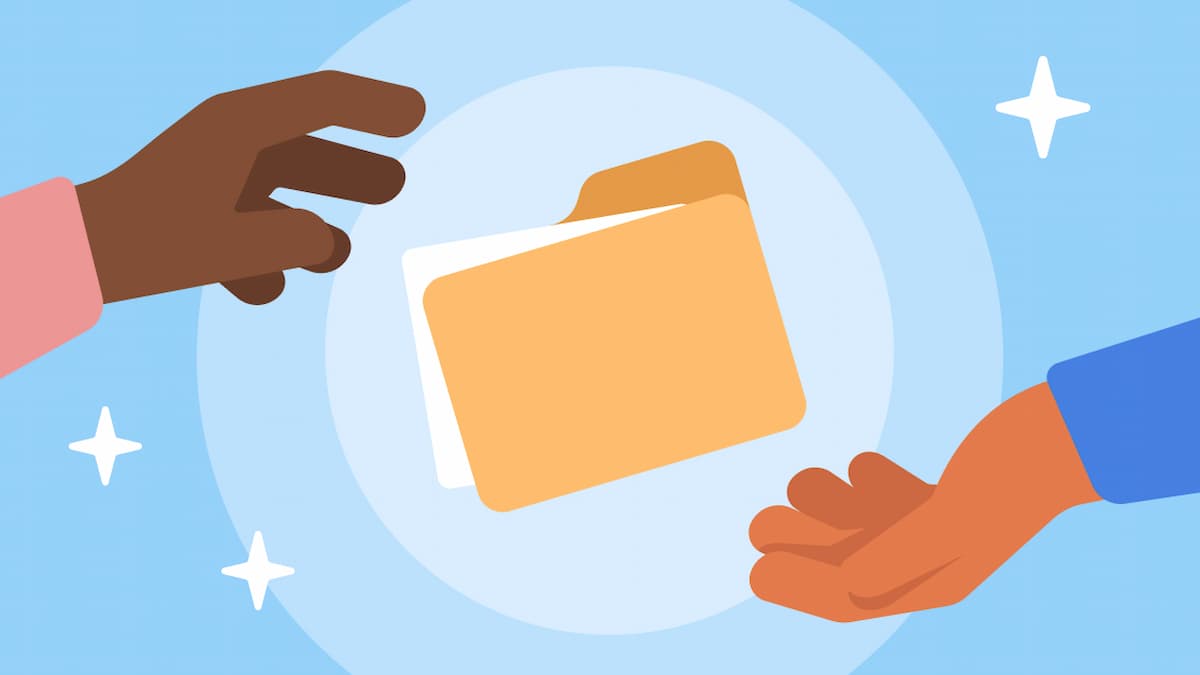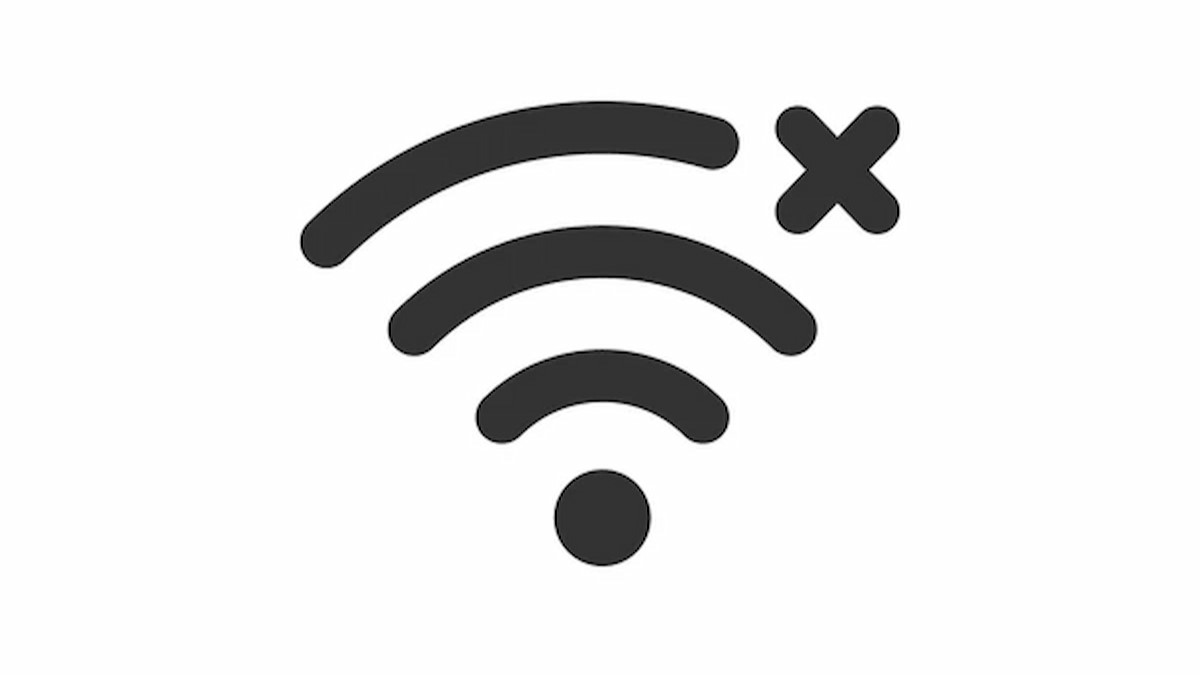Introduction
Using Public Wi-Fi networks is very useful when you are traveling, but it is very dangerous. Such networks are vulnerable to cyber criminals in an attempt to capture user’s personal information such as log-in details and other financial details. One has to be very careful when using public Wi-Fi especially since it is not always safe to do so.
Below is a checklist that will help you avoid the dangers of using public Wi-Fi.
1. Avoid Accessing Sensitive Information

Public Wi-Fi networks are open and not safe to use when you want to access your bank accounts, emails, or online shopping websites, among others. These networks are vulnerable to interception by hackers of the data you share on them.
Tip: Do not complete tasks that require personal information while using a public computer or an open Wi-Fi connection.
2. Disable Sharing Settings

Disabling file sharing and network discovery minimizes the chances of other people accessing your device. These settings can be easily changed to prevent other people from accessing your files and the operating system.
How to disable sharing:
- On Windows: Open Control Panel and click on Network and Sharing Center and then disable file sharing.
- On macOS: Open the System Preferences and click on the Sharing and turn off the file sharing options.
3. Use a VPN

A VPN hides your internet traffic from hackers by encrypting it. Connecting to a public Wi-Fi with VPN is safer because your data is protected from hackers.
Benefits of a VPN:
- Encrypts data
- Masks your IP address
- Prevents data interception
- Select a good VPN service provider so that the encryption is good.
4. Enable Two-Factor Authentication (2FA)

Two-factor authentication is an extra layer of security that is added to your accounts where you have to enter a second form of identification such as a code received on your phone. This way, even if you have your password compromised, the hackers cannot get into your account.
Popular 2FA methods:
- SMS codes
- Authentication applications such as Google Authenticator
5. Verify the Network Name

It is always wise to check the name of the network before connecting to it. The hackers can also create similar Wi-Fi networks and make people connect to them because they look genuine.
Tip: The staff at the venue should be able to tell you the correct network name to use.
6. Use HTTPS Websites

When you are using a public Wi-Fi, ensure that the websites you are accessing are secure by using the HTTPS. This encryption assists in preventing your data from being accessed by hackers.
How to identify HTTPS sites:
- The URL starts with “https:“
- A padlock symbol is shown in the address bar
- Do not type in your personal details on any site that does not have HTTPS in front of it.
7. Keep Your Software Updated

New versions of the software are released periodically and these contain security fixes for the bugs. Maintaining your device’s operating system, applications, and antivirus up to date will help you stay safe from the new threats.
Tip: Make sure you have options to update automatically so that you do not have to update them manually all the time.
8. Disable Automatic Wi-Fi Connections

To avoid your device connecting to unknown networks, turn off the feature that allows automatic connection to Wi-Fi.
How to disable automatic connections:
- On iPhone: Navigate to Settings > Wi-Fi and disable “Auto-Join.”
- On Android: Navigate to Wi-Fi Preferences and turn off “Connect to open networks.”
9. Install and Activate Antivirus and Firewall Software

Antivirus and firewall are additional tools that help to prevent viruses and hackers’ attempts to gain access to the computer. Use only recognized software and update it frequently to decrease the risk of getting a virus while using public Wi-Fi.
10. Sign Out and Disconnect Once Task is Completed

When done with the public Wi-Fi, ensure to logout from any account you used and also, disconnect from the Wi-Fi. This makes it possible for no one to get to your accounts or the session you are using.
Conclusion
While using Public Wi-Fi networks has its advantages, there are security concerns that go with it. If you do not want to compromise your personal information, then you should not perform sensitive tasks and use a VPN and other safety measures while using public Wi-Fi.




